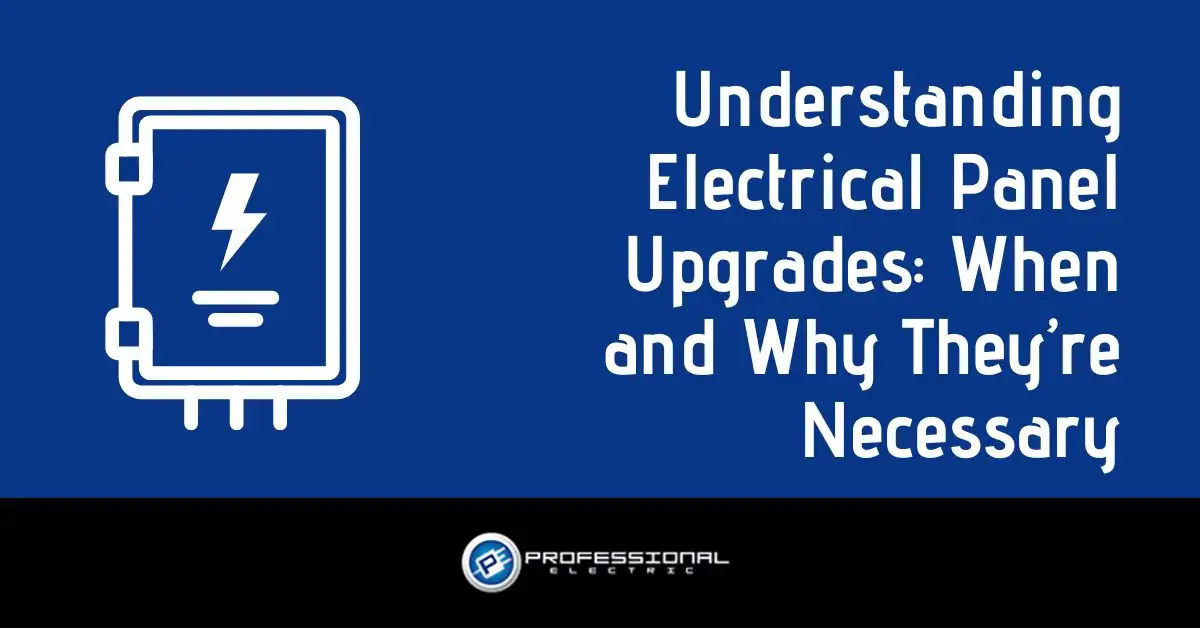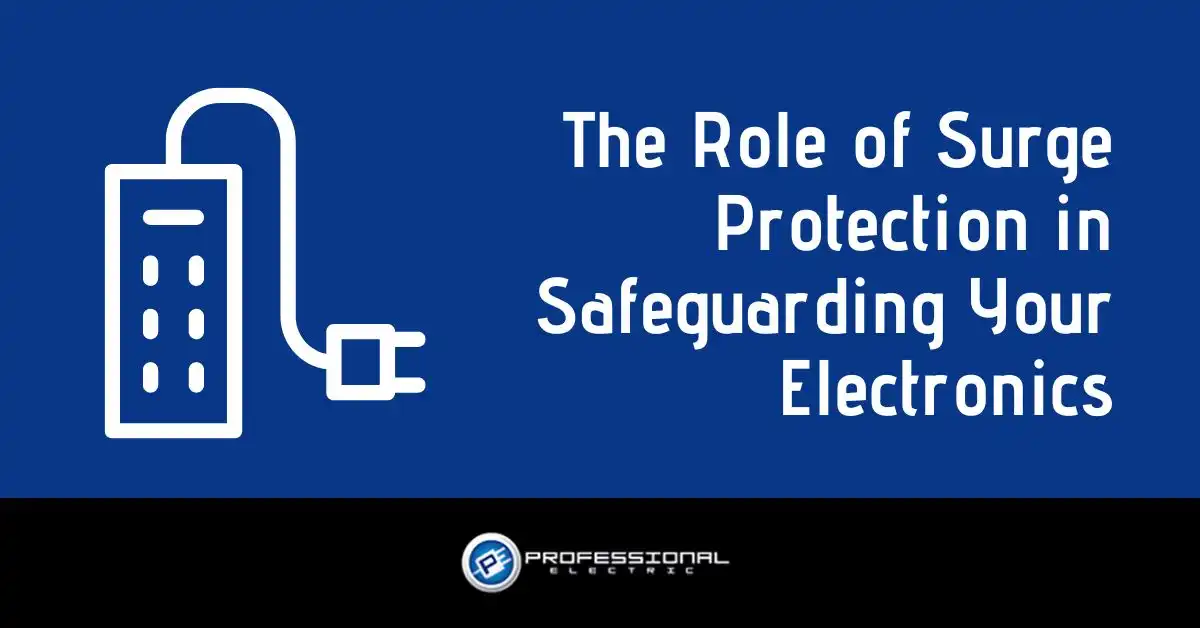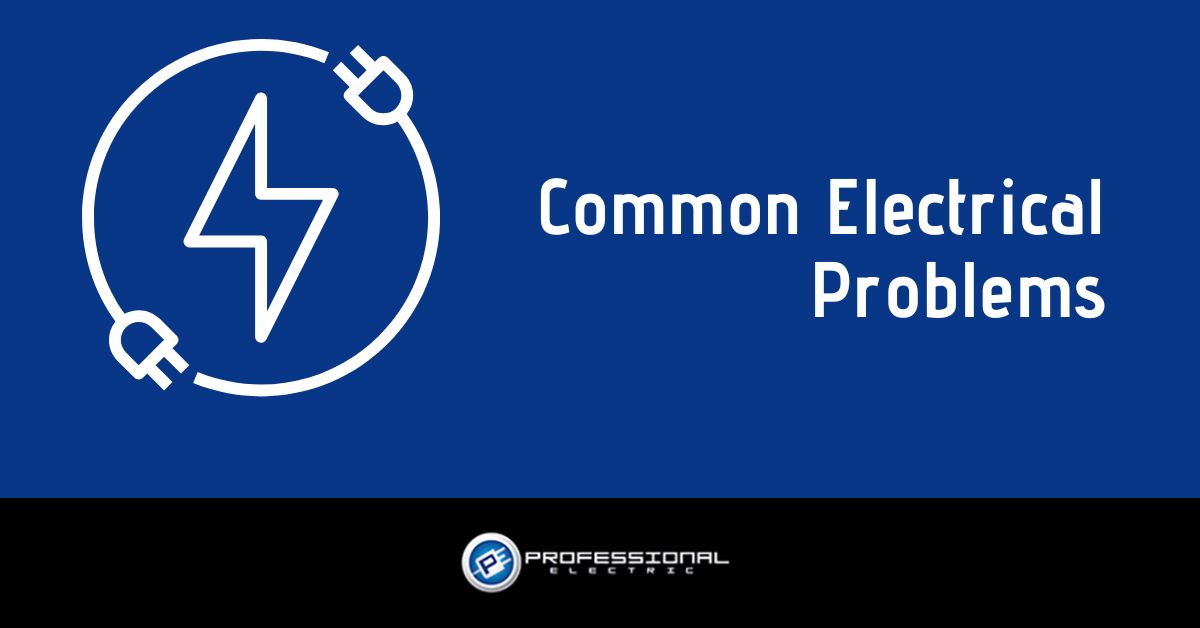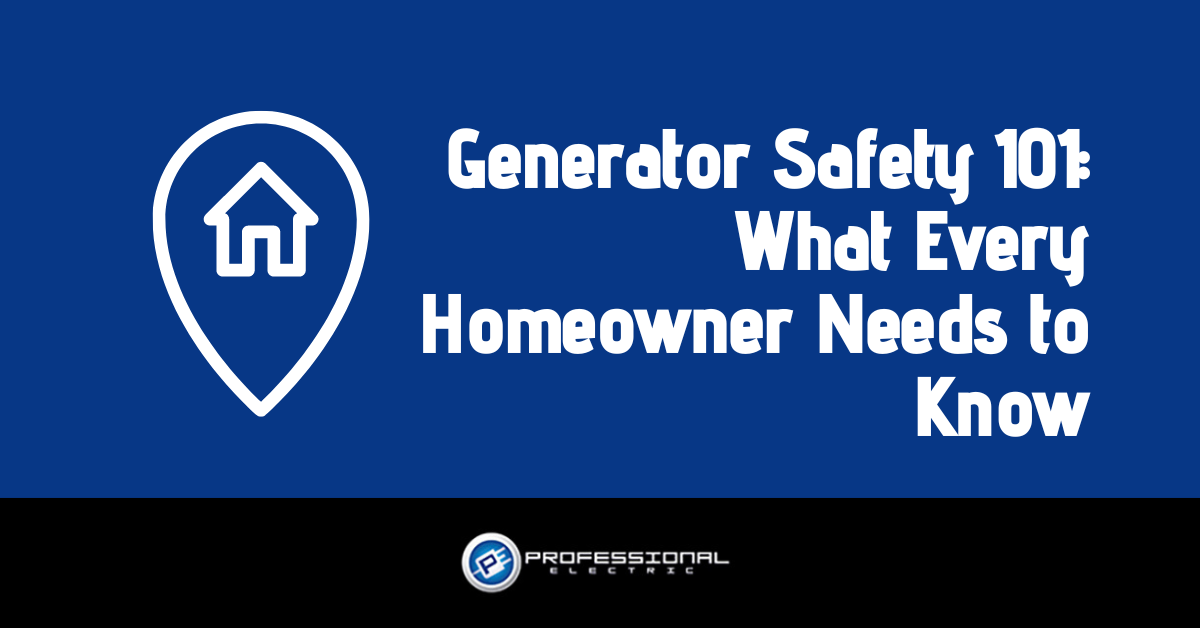Every now and then, we find a very old home that is still wired as it was when it was built. These situations are rare; very rare, in fact. Why is that? Because those older homes couldn’t sustain our usage, and their owners were forced into updating. Let’s look at our needs.
Consider the activities and electrical needs of our grandparents. Even in the sixties, there were only a few electrical items. Our grandparents probably had a black and white television in the living room. Many homes didn’t have a television yet though, they may have just had a radio. There was a refrigerator in the pantry, as most kitchens didn’t provide space for them. Chest freezers were just coming on the scene, and few families had them. Lamps may have been used in a few rooms, mainly the living room or parlor, and the bedroom. Some families had a wringer washer to make life easier, but dryers weren’t common yet. Ceiling lights or wall sconces provided much of the light needed. Even decorative holiday lighting hadn’t arrived yet. Families that had a silver Christmas tree used a gyroscope to throw light on the shimmering branches.
When these homes were built, most rooms had one outlet. The electrical panel was most likely a 60-Amp fuse box, and wiring was knob and tube.
Fast forward two generations. Today every room of the home is an electrical jungle, filled with high efficiency appliances and high tech devices. The kitchen now has a massive refrigerator/freezer combination, dishwasher, microwave/convection oven, and a myriad of small mixers, choppers, blenders, sealers, crock pots, insta-pots, televisions, and more. In fact, today’s challenge is where to put all the electric toys when they aren’t in use. Bathrooms have hair dryers, razors, water picks, heated tile, heated towel racks, saunas, and even televisions and audio systems. Offices are filled with computers, faxes, copiers, several monitors, and televisions. Bedrooms have alarm clocks, televisions, and heated and cooled beds with servomotors to change position of the bed or massage the homeowner. Family rooms have huge televisions, game consoles, and sound systems which would amaze our grandparents. Every room of the house has a charging station for all our devices. Do you see the problem?
It didn’t take long for our usage to hit 60-Amps, and soar right on past. Today, most homes are built with a 200-Amp panel and include many breaker slots.
In between these two extremes, there are thousands of homes with 100-Amp panels, two-bladed receptacles, and many other issues. Just as the 60-Amp panels were blowing fuses in the seventies, there are often issues with homes built in the sixties or earlier, which weren’t ready for the usage we see today.
The most common signs are ungrounded receptacles, lack of ground fault protection in damp locations, a shortage of circuits in the home, especially in the kitchen, office, and family room, and shared breakers in panels due to a lack of available breaker spaces. If you have these issues, you are aware of them by now, due to the problems created by them.
If you have never had an electrical inspection by a qualified electrician, and you have had issues with tripping breakers, or you are always either searching for an extension cord or a three-prong adapter, please give Professional Electric a call. Let us dig a little deeper and be sure that your home has been properly updated, and not band-aided with poor quality electrical work.
A quality home electrical upgrade will not only make your life more efficient with ample receptacles in every room, GFCI circuits where needed, and properly isolated circuits throughout the home to avoid tripping them constantly; it will also make your home safer. There is a risk of electrocution or fire in homes with outdated wiring. Our knowledgeable electricians will help you assess your usage, provide tips and tricks, and get you back in control. Visit us online at www.ProfessionalElectric.biz and connect with us on Facebook and Twitter! We are available 24/7 for emergency services! Mobile: (251) 473-5788 Baldwin County: (251) 929-8957.
© Southern View Media 2017: Reproduction without explicit permission is prohibited. All Rights Reserved.




